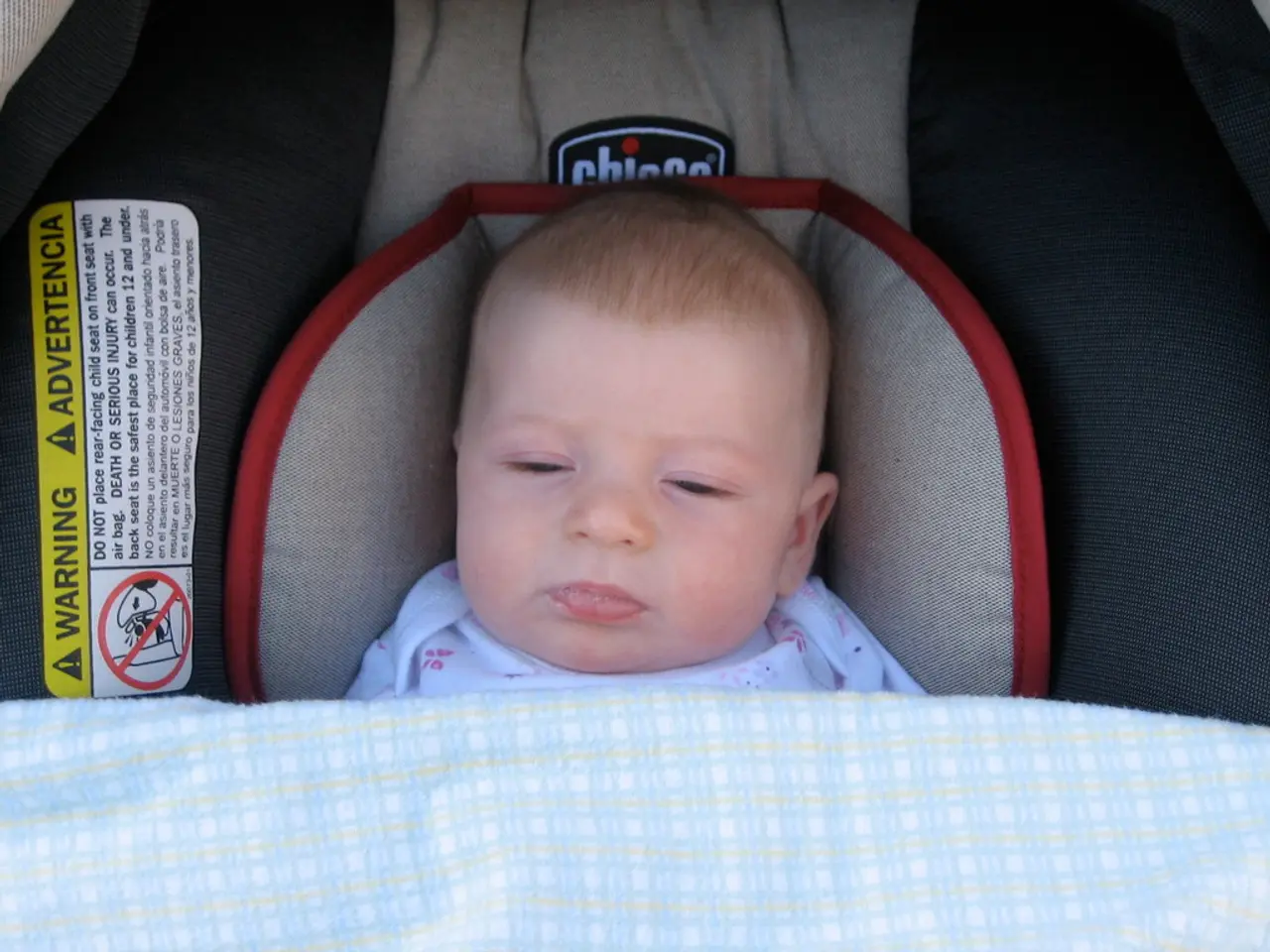Nurturing a Child 2 Years Old or Younger With Spinal Muscular Dystrophy
In navigating the challenges of caring for a child with spinal muscular atrophy (SMA), it's essential to have a proactive approach in supporting their cognitive development. Dr. Alexandra Bonner, a pediatric neurologist, offers valuable advice for caregivers.
Dr. Bonner emphasizes the importance of a well-coordinated care team, with specialists such as neurologists, physical therapists, occupational therapists, speech-language pathologists, pulmonologists, gastroenterologists, dietitians, orthopaedists, social workers, and others, working together to provide comprehensive care for children with SMA. The neurologist serves as the quarterback of the team, understanding the disease process and the available treatments.
Caregivers should establish an open and honest relationship with their care team to ensure decisions are made based on their needs. It's crucial to communicate feelings of overwhelm to avoid receiving too many referrals at once. Dr. Bonner also urges caregivers to protect children with SMA against infectious diseases, recommending up-to-date vaccinations, limiting exposure to others in the earliest months, practicing good hand hygiene, adopting immune system-boosting behaviors, and seeking medical attention at the first sign of illness.
In addition to medical care, protecting mental health is essential for caregivers. Dr. Bonner emphasizes the importance of self-care routines, including getting respite care, annual physicals, maintaining friendships, and carving out time for hobbies. She also encourages caregivers to seek support from online groups endorsed by major medical institutions or nonprofit organisations like Cure SMA and The Muscular Dystrophy Association.
Raising a child with SMA is a significant responsibility, but caregivers will not shoulder that responsibility alone. Support resources are available through organisations like Cure SMA, the Muscular Dystrophy Association, in-home care services such as Homewatch CareGivers, and specialty medical centers and institutes.
Physical, occupational, and speech therapy should be engaged in conversations about supporting cognitive development. Caregivers should also be aware of safety concerns, ensuring children with SMA are not placed in positions that could make it hard for them to breathe, such as using bouncer seats, swings, pillows, and blankets.
As August is Spinal Muscular Atrophy Awareness Month, initiatives often lead to increased sharing of caregiver resources and community connections. Organisations like Libertana provide coordinated care planning and palliative support links during this time.
By utilising these resources and maintaining open communication with their care team, caregivers can better manage the complex medical, emotional, and practical challenges involved in caring for children with SMA, ensuring they are set up for success.
Read also:
- Connection Between ADHD and Trauma?
- West Nile Virus detected in Kentucky for the first time; authorities advise locals to adopt safety measures
- Digestive issues: Understanding causes, remedies, and further details about acid reflux and excessive burping
- Exploring Botox as a Treatment for Interstitial Cystitis: Insights, Adverse Effects, and Further Details







